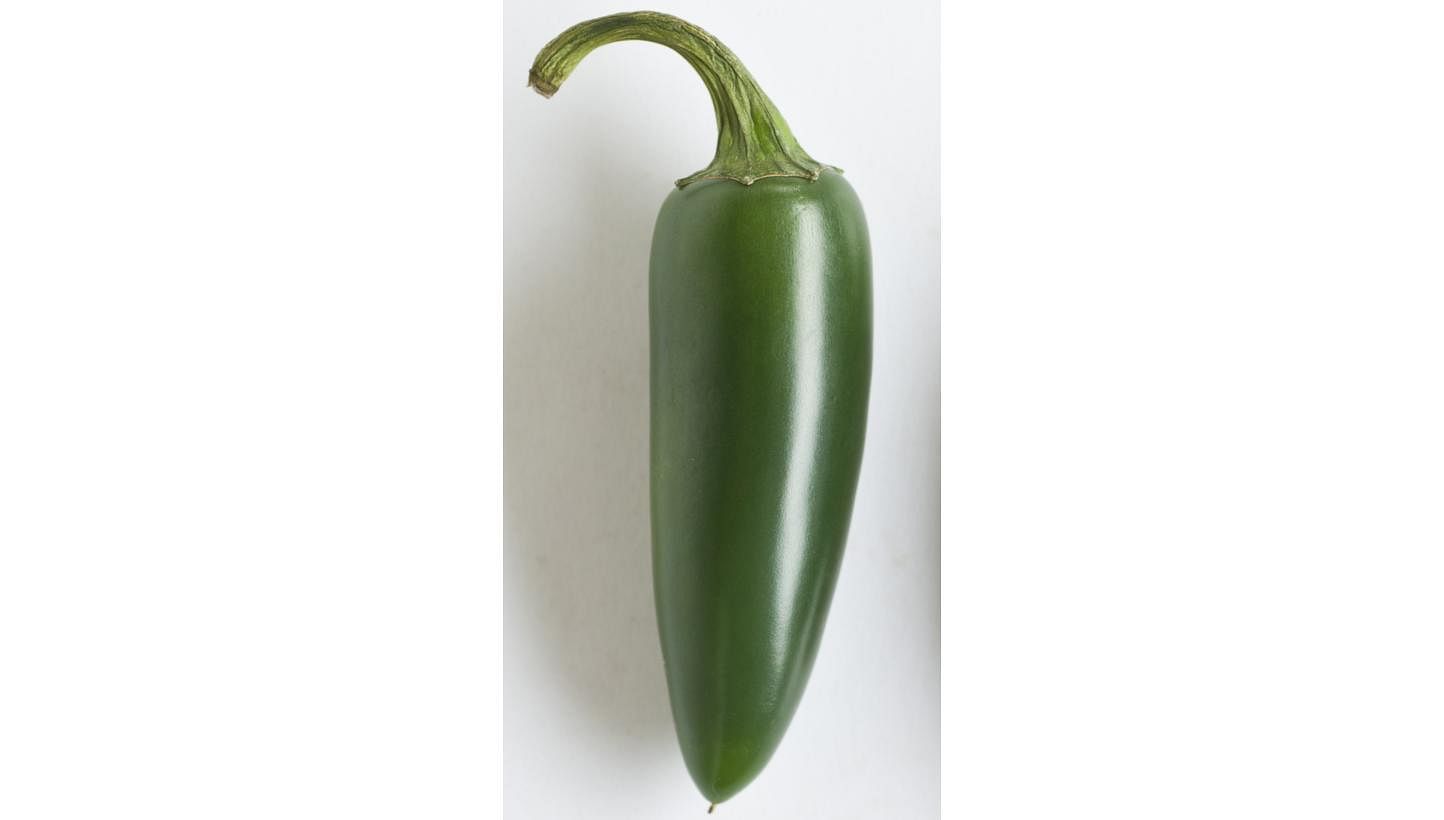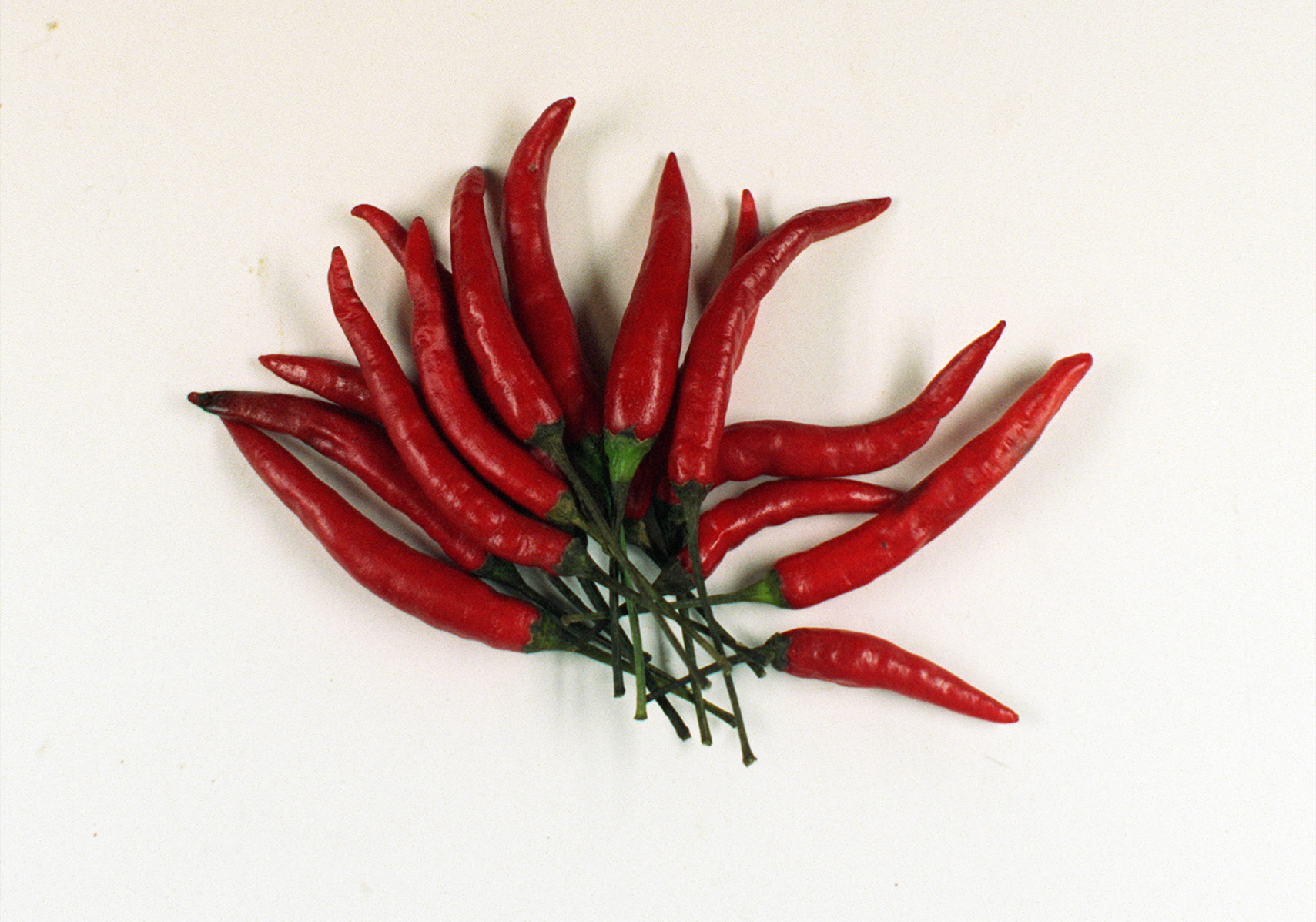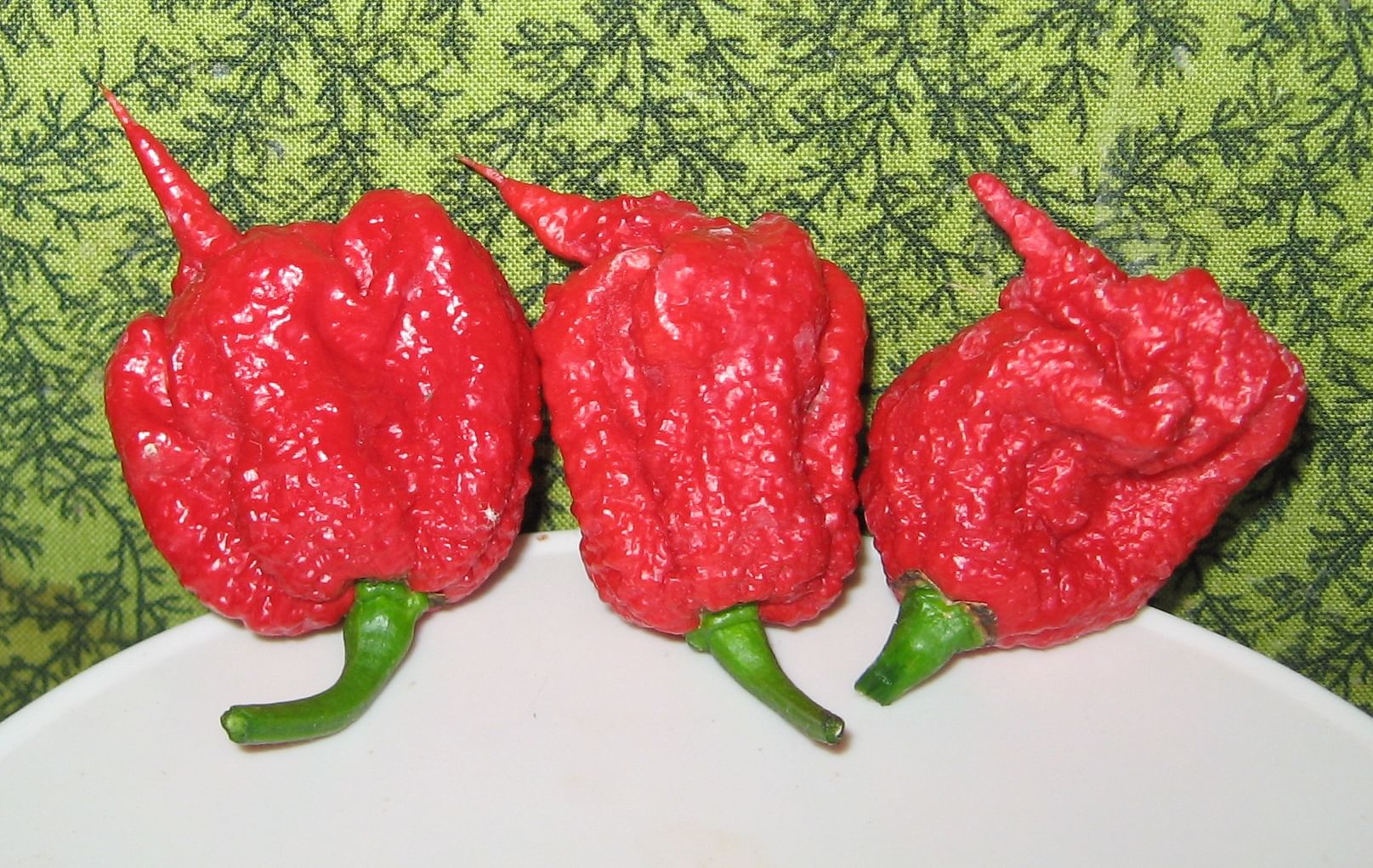Two men who allegedly forced a teenager to eat red-hot bongo chillies have been charged with assault in late February in Wellington, New Zealand.
The youth was forced to eat a chilli, but he could not finish a second and was punched in the head by his tormenters.
"My insides were hurting, sweating, and I couldn't see anything or even talk properly," he said.
Although the teenager suffered from the heat of the chilli, the Fijian Bongo Chilli although fiery is certainly not the hottest.
All chillies are measured by the Scoville scale, which was invented in 1912 by scientist Wilbur Scoville. This scale is in Scoville units.
Chillies contain a chemical compound called capsaicin. The higher the concentration of capsaicin, the hotter the chilli.
Scoville extracted the capsaicin with alcohol, before adding it to a solution of sugar and water. Water is added until a person can drink the solution without noticing a burning sensation. The amount of dilution represents the heat of the chilli.
Pure capsaicin is given a pungency of 16 million scovilles, which means 4,000 gallons of sugar water would need to be added to 1 g of capsaicin, based on the Scoville test.
Although the Scoville scale is still used today, a new method, high-performance liquid chromatography (HPLC), in the 1980s.
In the Scoville test, people tasting multiple chillies reported taster's fatigue and a loss of sensitivity resulting in poorer judgment.
The HPLC relies on a machine, so results are more accurate.
Chillies are ground into powder and added to a solvent. This is then placed into the HPLC machine, which separates the capsaicin from other molecules and measures it.
Despite the pain they cause, chillies are well loved because the brain releases endorphins, the natural painkillers of the body, in response to the burning sensation.
These endorphins affect the brain cells, giving rise to feelings of excitement and happiness.
However, should a chilli prove too overpowering, it can be countered with a glass of milk or alcohol.
Capsaicin does not dissolve in water, but it is soluble in alcohol and fat.
Here are six chillies, including the Fijian Bongo Chilli, in increasing order of hotness.
1. Jalapeno

Often eaten with nachos or sprinkled on pizza, the jalapeno is well known in Singapore. It is the mildest chilli on the list, measuring 3,500 to 8,000 Scoville units. It is named after the town Xalapa in Mexico where it was first cultivated.
The Aztecs, a nomadic tribe that ruled Mexico in the 15th century, smoked and dried jalapenos to preserve the fruit as it rotted easily. It is thought that chipotle comes from the Aztec word chilpoctli, which means "smoked chilli pepper".
2. Bird's Eye Chilli

This is the chilli Singaporeans are familiar with. Better known by its Malay name cili padi, it is a common ingredient in local dishes such as Ayam Masak Lemak (chicken in coconut spice). Originally from Mexico, the chilli is widely eaten across South-east Asia. It measures 100,000 to 250,000 on the Scoville scale and it is yellow when young, turning bright red or green as it matures.
3. Fijian Bongo Chilli
Although not the hottest, the chilli scores high on the heat list, measuring 100,000-350,000 Scoville units.
The chilli comes from Fiji, and produces pods that are 6cm to 7cm long and 2cm to 3cm wide. When ripe, they turn bright red.
The Bongo Chilli is related to the habanero chilli. The habanero, a type of chilli pepper, caused a school in Colorado to be closed down temporarily and cleaned because students experienced eye and skin irritation when they were exposed to the chilli.
4. Naga Viper British Chilli
It was certified as the hottest chilli on Dec 3, 2010, but it is now the third hottest chilli in the world, measuring 1.38 million Scoville units.The chilli is a hybrid of three chillies: the Bhut Jolokia, Naga Morich and the Trinidad Scorpion.
The chilli was grown in Cumbria, a small county in Britain, by Gerald Fowler, who claimed that the chilli was hot enough to strip paint from other surfaces. It has a wrinkled exterior and the pods are oily.
5. Trinidad Scorpion Butch T

The world's current second hottest chilli has a rating of 1.46 million Scoville units. This chilli is a genetically modified version of the Trinidad Moruga Scorpion, which is native to Trinidad, an island in the Caribbean.
Called the Trinidad Scorpion Butch T, it was named after Butch Taylor, a chilli pepper grower who discovered the chilli. In March 2011, it was named the world's hottest chilli by the Guinness World Records. The growers had to wear latex gloves to protect their hands from being burnt by the chilli.
The chilli is known for its irregular shape, ending in a pointed end. It turns from dark green to red as it matures.
6. Carolina Reaper

The Carolina Reaper is currently the world's hottest chilli. It was certified by the Guinness World Records on Aug 7, 2013. It has a rating of 1.56 million Scoville units.
It is grown in the state of South Carolina in America, hence its name. Mr Ed Currie, the aptly named chilli enthusiast-turned-entrepreneur, cultivated the chilli by crossing the Sweet Habanero and Naga Viper chillies.
It is bright red and has a fruity, hot taste with cinnamon undertones.
Sources: Better Homes and Gardens, New York Times, Guinness World Records, The Pepper Seed, Huffington Post, The Chilli Factory, Youth Health Mag


